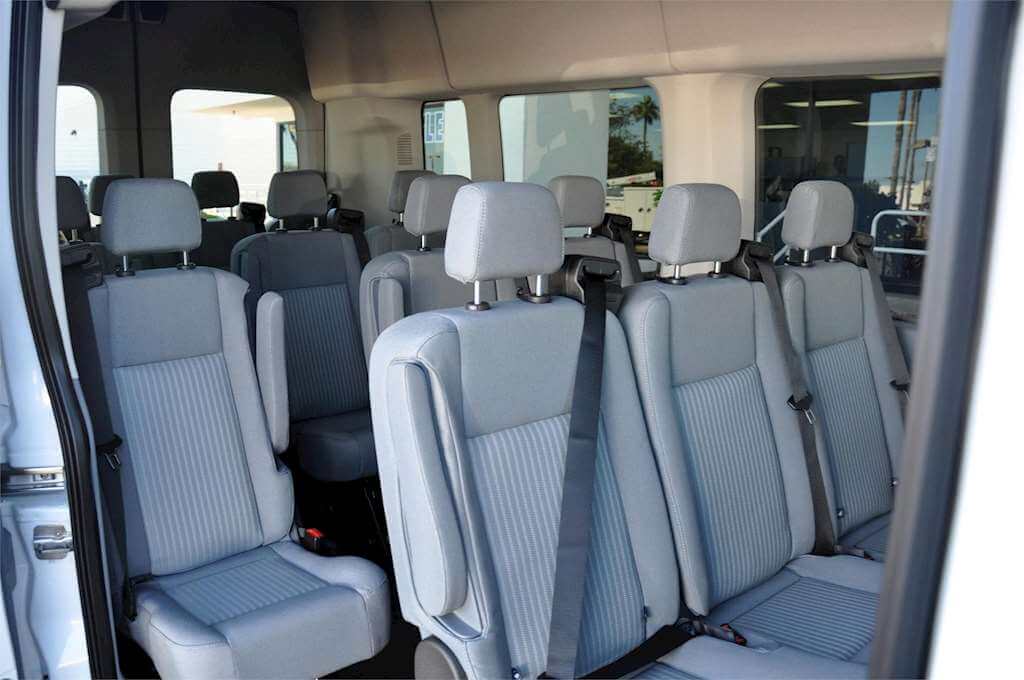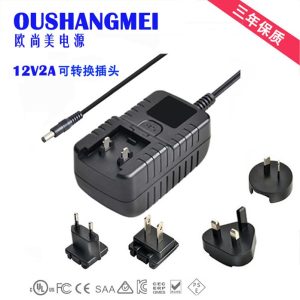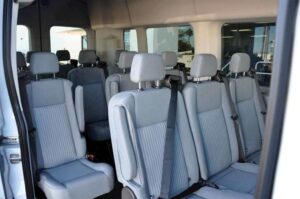Driving Efficiency Home: How Upgraded Van Seats Cut Your Operating Costs
3 min read
Last Updated on July 22, 2025 by David Brad
For businesses that rely heavily on a fleet of vans, every line item on the operating budget is scrutinized. Fuel consumption, maintenance, insurance – these are obvious targets for cost reduction. However, one often-overlooked area with significant potential for savings and improved efficiency lies within the van itself: the driver’s seat. Upgrading your replacement van seats might seem like an immediate expense, but in the long run, it’s a strategic investment that can demonstrably drive down operating costs, improve productivity, and enhance your bottom line in ways you might not expect.
This isn’t just about driver comfort; it’s about understanding the ripple effect of well-being on an entire operation. When drivers are comfortable, supported, and less fatigued, the benefits cascade throughout the business, directly impacting key financial metrics.
The Hidden Costs of Discomfort: Fatigue, Mistakes, and Turnover
Consider the daily grind for a van driver. Standard, often rudimentary, factory-installed seats rarely provide the ergonomic support needed for such demanding conditions. This lack of proper seating contributes to a host of problems, each carrying a hidden financial cost:
- Driver Fatigue: Poor posture and constant micro-adjustments in an uncomfortable seat lead to rapid driver fatigue. A tired driver is a less efficient driver, prone to slower routes, missed delivery windows, and reduced overall productivity.
- Musculoskeletal Issues: Prolonged sitting in an unsupportive seat is a primary cause of back pain, neck strain, and other musculoskeletal disorders. These issues lead to increased sick days, higher healthcare costs (whether directly or through insurance premiums), and potential workers’ compensation claims.
- Reduced Concentration and Increased Errors: Discomfort is a constant distraction. A driver squirming to find a comfortable position is not fully focused on the road, traffic, or delivery details. This can lead to navigational errors, delivery mistakes, and even minor fender-benders, all of which impact efficiency and incur costs.
- High Driver Turnover: In today’s competitive labor market, driver retention is crucial. Drivers who experience chronic discomfort or pain at work are more likely to seek employment elsewhere. High turnover rates incur significant costs related to recruitment, training new drivers, and the inevitable dip in productivity during onboarding periods.
These hidden costs, while not always appearing as direct line items for “uncomfortable seats,” accumulate rapidly and chip away at a business’s profitability.
Direct Impact on Operating Costs: The Return on Investment
Investing in upgraded van seats directly translates into tangible cost savings and improved operational efficiency:
- Reduced Absenteeism and Healthcare Costs: When drivers experience less pain and discomfort, their overall health improves. This leads to fewer sick days, a reduction in costly medical appointments, and lower workers’ compensation claims, directly impacting a business’s insurance premiums and bottom line.
- Increased Driver Productivity and Efficiency: When drivers are comfortable, they are more focused and less distracted by pain. This translates into more efficient route adherence, quicker task completion, and improved overall productivity per shift. More efficient drivers mean more completed jobs and higher revenue generation.
- Improved Driver Retention: A fleet that prioritizes driver comfort and well-being becomes an attractive employer. Drivers are more likely to stay with a company that invests in their comfort, leading to significantly lower recruitment and training costs. Retaining experienced drivers also means maintaining a higher level of operational knowledge and efficiency within the team.
- Extended Vehicle Lifespan (Indirectly): While not a direct benefit, happier and more attentive drivers are often more careful with their vehicles, potentially leading to less wear and tear and better general maintenance habits, which indirectly extends the lifespan of the van fleet.
Conclusion: Comfort as a Catalyst for Profit
In the demanding world of commercial transportation, every detail matters. The driver’s seat, often overlooked, is in fact a critical piece of equipment that directly impacts human performance and, by extension, operational efficiency. By prioritizing the comfort and well-being of their drivers through upgraded van seats, businesses are not just investing in ergonomics; they are making a shrewd financial decision. They are driving down hidden operating costs, enhancing productivity, improving safety, and fostering a more engaged and loyal workforce. In the race for efficiency, the journey towards greater profitability often begins with a more comfortable ride.





